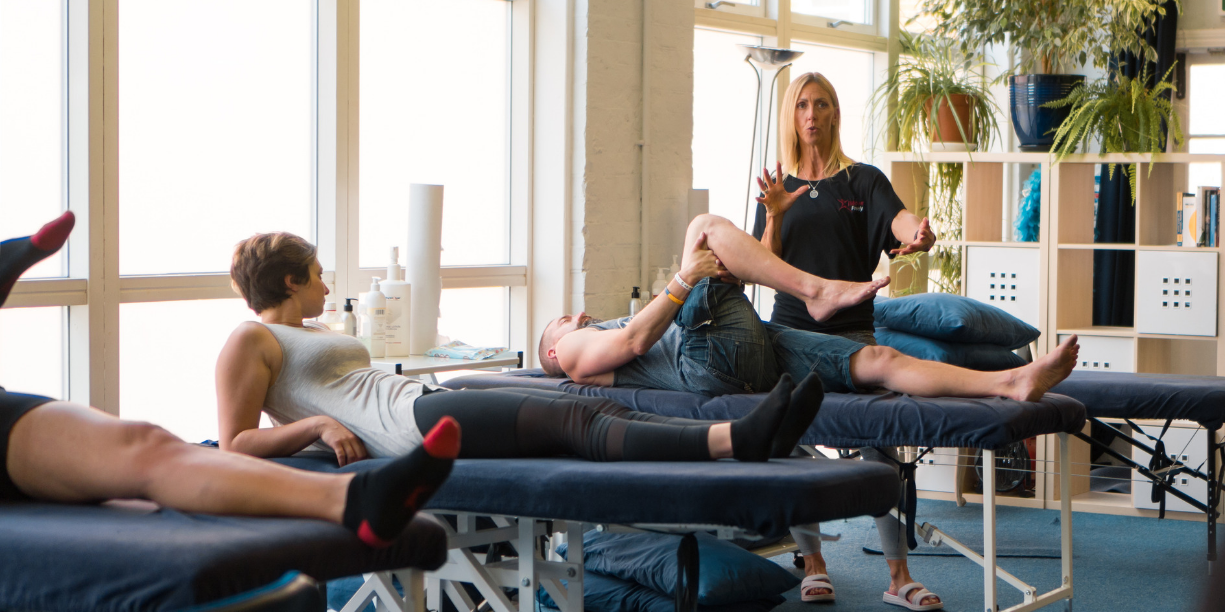



It’s a common narrative: hours spent at a desk, followed by complaints of tight hip flexors and an anterior pelvic tilt. But before we jump to conclusions, let’s challenge two misconceptions surrounding hip flexors.
The Problems:
While these issues exist, it’s crucial to explore other factors before making assumptions about our clients’ conditions.
Anterior tilt isn’t a diagnosis; it’s a description of pelvic position relative to anatomical neutral. It occurs when the front hip bones (ASIS) are lower than the back ones (PSIS). But is it “wrong” for everyone?
Let’s dive into the anatomy of hip flexors. These muscles, including the Psoas Major and others, play a crucial role in hip flexion. However, blaming tight hip flexors for an anterior tilt isn’t always accurate.
To assess hip flexor function, we employ the Modified Thomas Test. This updated version fixes the pelvis at a neutral position, allowing for more precise measurements.
A good measurement should consider symmetry between both sides. An asymmetry doesn’t necessarily mean tight hip flexors; other factors may be at play.
If dysfunction is identified, it’s crucial to address it effectively. Rather than solely focusing on stretching, consider techniques like Muscle Energy Techniques (MET) and specific strength exercises.
Understanding the Modified Thomas Test provides valuable insights into hip flexor function. By assessing accurately and addressing dysfunction effectively, we can help our clients move better and more freely.
If you’re eager to integrate the Biomechanics Coach System into your practice, click here to learn more!
Contact us here to find out more.
